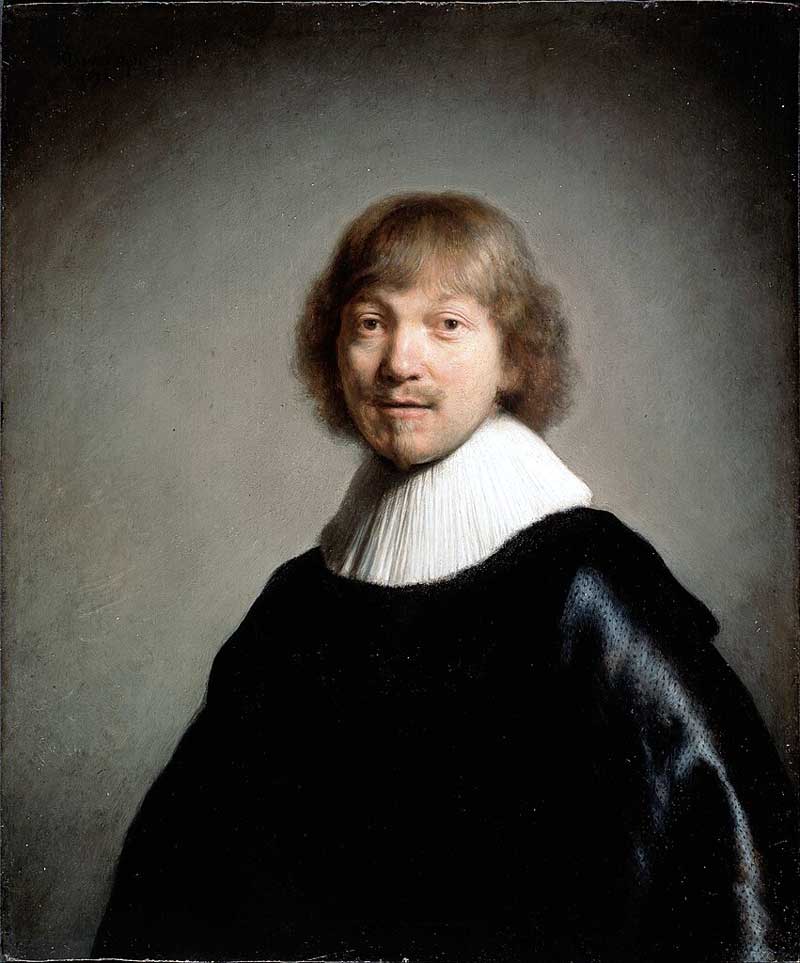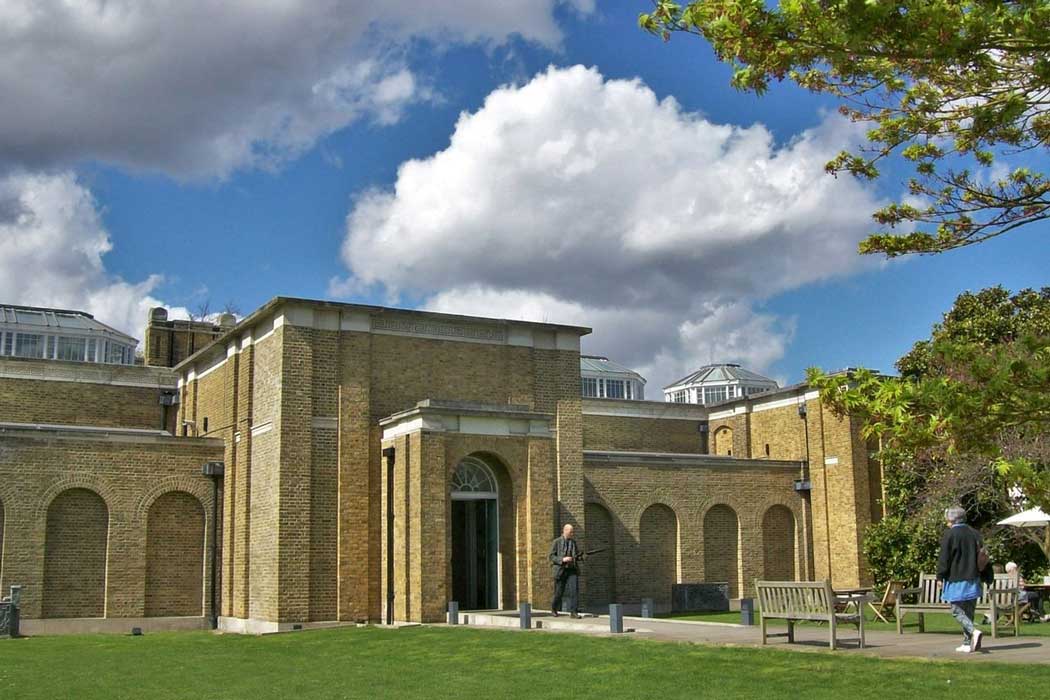Located in the leafy suburb of Dulwich, the Dulwich Picture Gallery is a hidden gem with a diverse collection of European art. It was established in 1817, making it England’s oldest public art gallery.
With its elegant architecture and tranquil setting, the gallery offers visitors a unique opportunity to explore a collection of European Old Master paintings that includes works by renowned artists such as Rembrandt, Rubens and Van Dyck.
What to see at the Dulwich Picture Gallery
Visitors to the Dulwich Picture Gallery can see a diverse collection of European Old Master paintings spanning several centuries and styles. The gallery’s permanent collection includes works from the 17th and 18th centuries with a focus on Dutch and Flemish Baroque art. Among the highlights are paintings by Rembrandt, Rubens, Van Dyck and Poussin.
One of the gallery’s most famous works is Rembrandt’s Girl at a Window, a portrait that showcases the artist’s mastery of light and shadow.
Another highlight from this genre is Rembrandt’s Portrait of Jacob de Gheyn III, which is noted as the world’s most stolen painting. It has been stolen four times since 1966 but each time was recovered and returned to the gallery. In one instance, it was found in a railway station in Münster, Germany, another time it was found on the back of a bicycle and two other times it was found under a bench in a cemetery in Streatham. It is considerably smaller than most of Rembrandt’s other paintings, which may have contributed to its appeal to art thieves. Needless to say, security has been tightened since the spate of thefts that occurred in the 1960s and 1980s.

The Dulwich Art Gallery also has a collection of English, French and Italian paintings, including notable works by Canaletto, John Constable, Thomas Gainsborough, William Hogarth, Nicolas Poussin and Joshua Reynolds.
The gallery is a Grade II* listed building, designed by Sir John Soane, who also designed the Bank of England, although he is remembered mostly for Sir John Soane’s Museum in London. The building features Soane’s trademark neoclassical design and the design is innovative in its use of skylights to provide natural light in the gallery spaces.

Temporary exhibitions at the Dulwich Picture Gallery
In addition to its permanent collection, the Dulwich Picture Gallery hosts a programme of temporary exhibitions. Current and planned exhibitions include:
Yoshida: Three Generations of Japanese Printmaking
The Yoshida exhibition (until 3 November 2024) showcases artworks by the Yoshida family, a renowned Japanese artistic dynasty spanning three generations. Featuring works by Yoshida Hiroshi, Fujio, Tōshi, Hodaka, Chizuko and Ayomi, the exhibition sheds light on the evolution of Japanese printmaking over two centuries. Highlights of the exhibition include Hiroshi’s international acclaim for his woodblock prints, Fujio’s delicate watercolours and Tōshi and Hodaka’s post-war abstraction contributions. The showcase concludes with a site-specific installation of cherry blossoms by Ayomi, blending traditional techniques with modern elements.
Tirzah Garwood: Beyond Ravilious
Beyond Ravilious (19 November 2024–26 May 2025) is the first major exhibition since 1952 dedicated to artist and designer Tirzah Garwood (1908–1951). Known mainly as Eric Ravilious’s wife and for her autobiography, Long Live Great Bardfield, the exhibition focuses on Garwood’s talent as a fine artist and printmaker, showcasing her varied works, which are considered significant contributions to the mid-20th-century art scene.
Visiting the Dulwich Picture Gallery
The Dulwich Picture Gallery has a suburban location in Dulwich, 9km (5½ miles) south of central London. It is a 10-minute walk from West Dulwich railway station, which has two trains per hour to London Victoria with a journey time of 13 minutes. Alternatively, you can walk around 15 minutes to North Dulwich railway station, which has more frequent services to London Bridge station.
The gallery is open Tuesday to Sunday (it is closed on Mondays). Admission is a relatively pricey £17.50; however, that includes entry to exhibitions and it is only £8.75 if you are younger than 30 and £10 if you have a National Art Pass.
A free audio tour is available, which you can play through the Bloomberg Connects app on your phone.
Visitor facilities include a gift shop and cafe. The Flotsam & Jetsam cafe serves speciality coffee and you can also enjoy brunch or lunch here. Alternatively, you can have a picnic in the gallery’s 1.2ha (3 acres) of gardens.
Allow around 1½ hours for your visit to the gallery.


There are no comments yet.